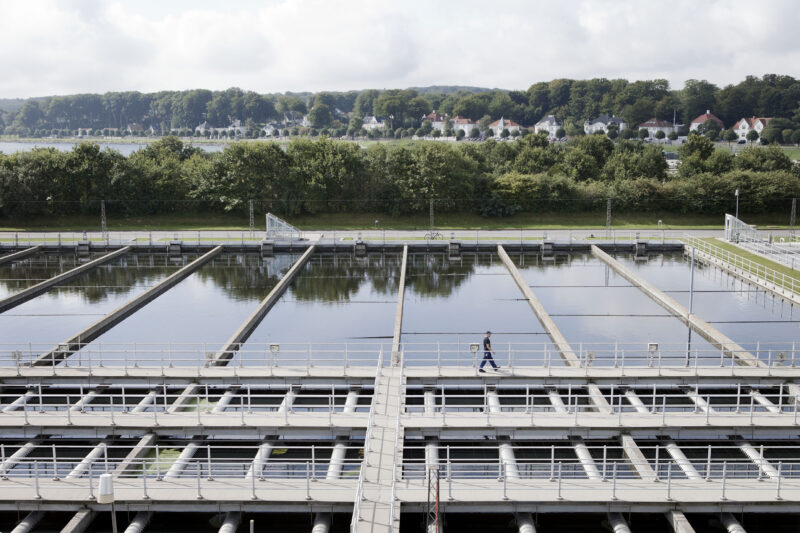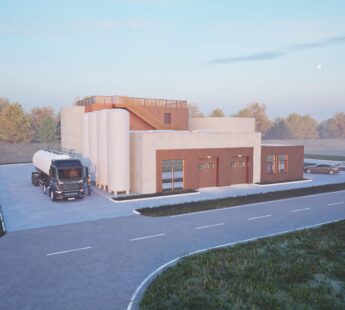News
Combined heat and power production
District heating
Energy storage
+8
The World Bank Declares Denmark Leader in Green Energy


(Photo: Regulatory Indicators for Sustainable Energy (RISE), The World Bank)
On a scale from 1-100, Denmark scores 100 in “energy access", 86 in "energy efficiency" and 94 in "renewable energy". With 94 points, Denmark receives a first place - followed by Canada and the U.S., each with three points less than Denmark.
- It makes me very proud that Denmark once again takes a leading place as the best country in the world when it comes to framework conditions for sustainable energy systems. Last fall, the World Energy Council stated that our energy is the world’s best, and it has now been reaffirmed again in The World Bank’s large analysis. This means that Denmark holds a strong position and the Danish government is determined to keep this strong position in place, says the Minister of Energy, Utilities and Climate, Lars Chr. Lilleholt.
- Related news: New EUDP-Strategy: Danish Projects Must Draw on Global Demand
The Government wants Denmark to maintain its green position
Since the energy crises in 1970s, Denmark has made massive investments in renewable energy based on broad political agreements on increased energy efficiency and transition to renewable energy. The government will continue to work towards the ambitious goals for the green transition. During 2017, the government will also suggest a number of new initiatives:
- During this year, the government will suggest a number of initiatives to keep Denmark at the forefront of the green transition: within a short period of time, we will present an export strategy for energy technology in order to boost exports of Danish energy technology to countries like USA, UK, and Germany. In a few months, the government's energy commission will come up with their recommendations on energy policy from 2020 and onwards, and we will use that to make a proposal for a new, ambitious energy plan that we will present in the fall, says the Minister of Energy, Utilities and Climate, Lars Chr . Lilleholt.
- Related news: 12 Examples of Climate-Resilient City Solutions
Ambitious goals for 2030 and 2050
The government has set ambitious goals for Denmark's green transition, and the government is working to preserve the place as the world's best energy system.
- The government has a long-term goal of making Denmark independent of fossil fuels by 2050, and we have set an ambitious target of covering at least half of Denmark's energy needs with renewable energy by 2030. The government will work to ensure that Denmark has the most integrated, market-oriented, and flexible energy system in Europe that can handle increasing volumes of renewable energy in a cost-effective manner. This way we can be a showcase for the rest of the world and create thousands of jobs, ensure exports, growth and prosperity as the same time, says the Minister of Energy, Utilities and Climate, Lars Chr. Lilleholt.
Read the press release from the World Bank here
Facts
- The World Bank report "Regulatory Indicators for Sustainable Energy" (RISE) provides a comprehensive picture of the strength and depth of the world's countries’ support to the transition to renewable energy as well as the actions taken to bring the support into effect. The report covers 111 countries, covering more than 90 % of the world population and energy consumption.
- In 2015, Denmark exported energy for 71.4 billion DKK. The export of energy technology amounted to 11.1 % of the total Danish export of goods in 2015. This places Denmark as number 1 in EU in terms of the biggest energy technologic share of the total export of goods.
The Confederation of Danish Industry estimates that the export of energy can rise to DKK 125 billion in 2030 as a result of the international climate agreement at COP21 in Paris in 2015.
You should consider reading
Perspective
Sector coupling
+9
New white paper: Unlocking the potential of renewable energy through sector coupling
23 October 2024solutions
Combined heat and power production
+6
CopenHill: The story of the iconic waste-to-energy plant
20 November 2024solutions
Energy efficiency in buildings
+2















